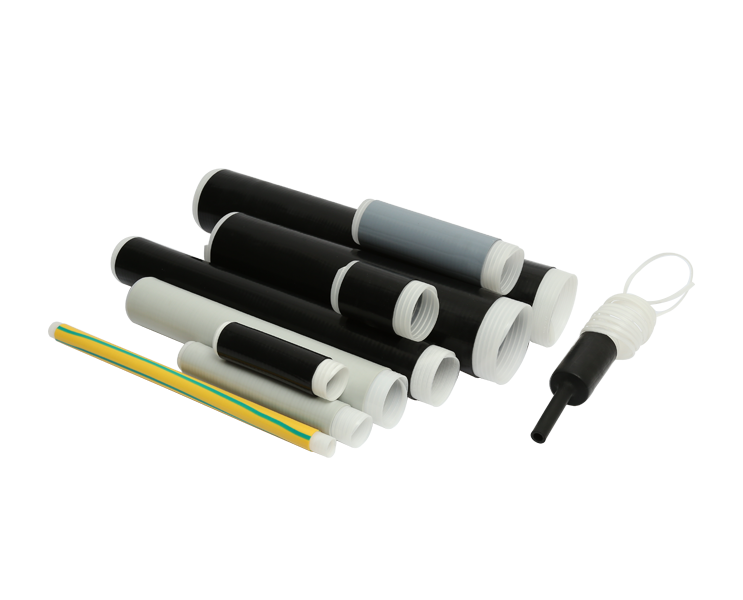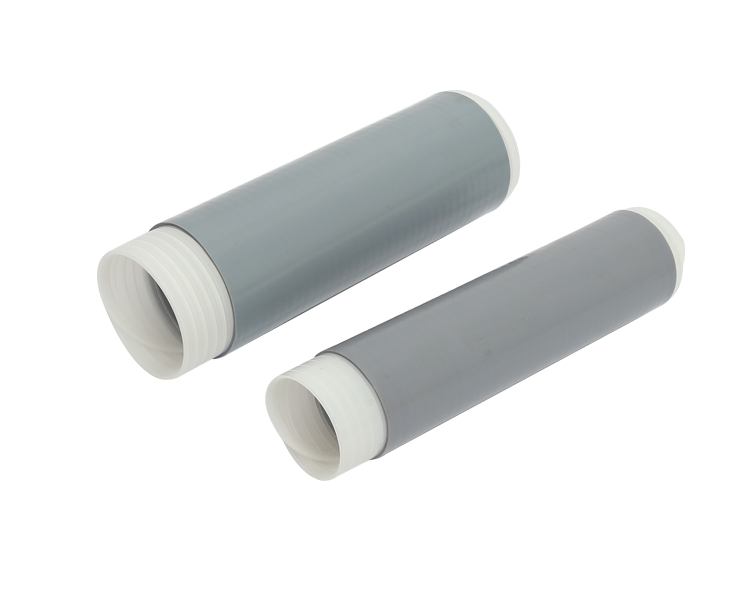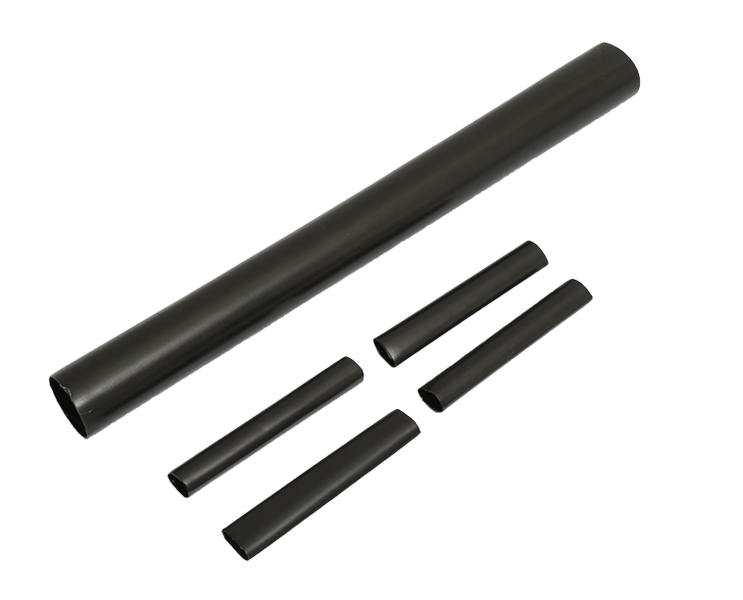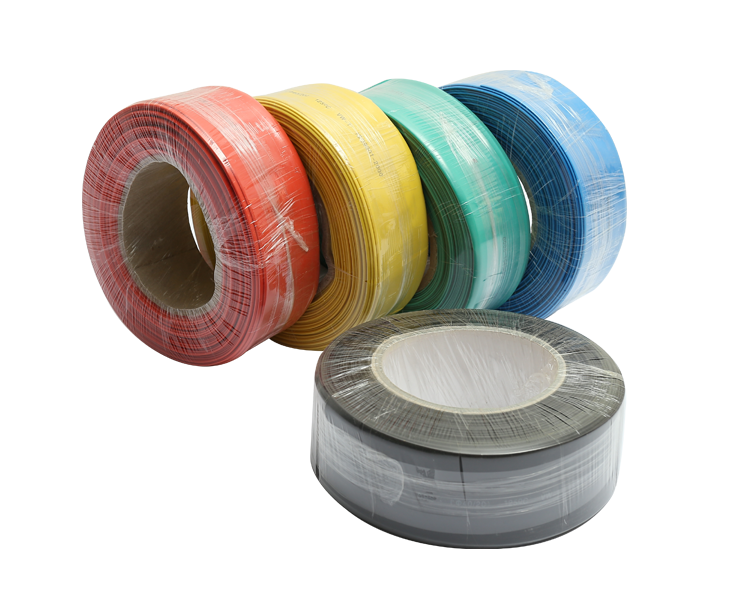In the realm of modern electrical systems, the seamless and reliable transmission of power is of paramount importance. Low Voltage Cable Accessories and Medium Voltage Power Accessories play a vital role in enhancing connectivity, ensuring the efficient transfer of electricity while maintaining safety and reliability. These accessories provide critical support to electrical cables, enabling them to perform optimally in a variety of applications.
Low Voltage Cable Accessories: Enabling Efficient Distribution
Low Voltage Cable Accessories are integral components that enable the effective distribution of power within the voltage range of 50 to 1000 volts. These accessories serve as essential connectors and insulators, safeguarding the integrity of the power distribution network. They play a pivotal role in various applications:
1. Residential Wiring: In homes and residential buildings, low voltage cables and their accessories ensure safe and reliable electrical distribution for lighting, outlets, and appliances.
2. Commercial Spaces: Low voltage cable accessories are also crucial for powering various electrical systems in commercial settings, including offices, retail spaces, and hospitality establishments.
3. Data Communication: With the increasing reliance on digital technology, low voltage cable accessories are used to support data communication networks, ensuring consistent connectivity for computers, servers, and communication devices.
4. Industrial Environments: Manufacturing facilities and industrial complexes utilize low voltage cable accessories to power machinery, automation systems, and control panels.
Medium Voltage Power Accessories: Enabling Robust Transmission
Medium Voltage Power Accessories are designed to handle voltage ranges typically between 1000 and 69,000 volts, making them suitable for industrial and larger-scale power distribution applications. These accessories contribute significantly to maintaining the reliability and efficiency of medium voltage electrical systems:
1. Power Substations: Medium voltage power accessories are crucial components in power substations, which transform and distribute electricity from high voltage transmission lines to lower voltage distribution lines.
2. Utilities and Grids: They play a pivotal role in utility networks and power grids, supporting the transmission of electricity over longer distances while minimizing energy losses.
3. Renewable Energy Integration: Medium voltage power accessories are used to connect renewable energy sources, such as solar farms and wind turbines, to the grid, facilitating the integration of clean energy into the power system.
4. Industrial Facilities: Many industries, such as mining, manufacturing, and petrochemicals, require a robust power infrastructure. Medium voltage power accessories ensure uninterrupted power supply to critical industrial processes.
Enhancing Connectivity and Reliability
The significance of low voltage cable accessories and medium voltage power accessories in enhancing connectivity cannot be overstated. They contribute to the overall reliability and performance of electrical systems in several ways:
1. Safety: These accessories provide insulation and protection, reducing the risk of electrical faults, short circuits, and potential hazards, thus ensuring the safety of both individuals and equipment.
2. Durability: Designed to withstand environmental challenges, these accessories offer robustness against factors such as moisture, temperature variations, and mechanical stress, ensuring long-term performance.
3. Efficiency: By minimizing energy losses during transmission, these accessories contribute to efficient power distribution, leading to reduced operational costs and energy conservation.
4. Maintenance: Properly chosen and installed accessories simplify maintenance efforts by allowing easy access to cables, connectors, and splices, minimizing downtime during repairs or replacements.
5. Voltage Regulation: Medium voltage power accessories assist in voltage regulation, helping to maintain stable voltage levels and preventing overloads that could lead to system failures.

 English
English 简体中文
简体中文



